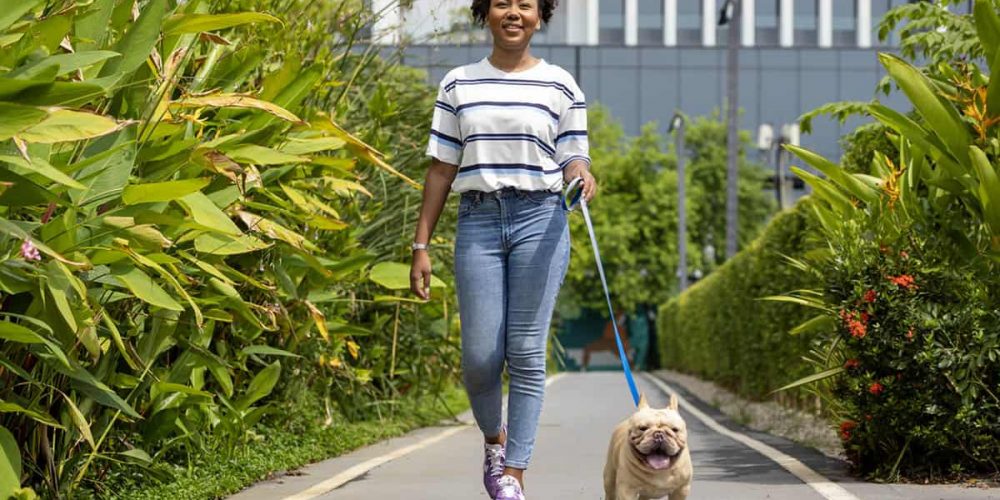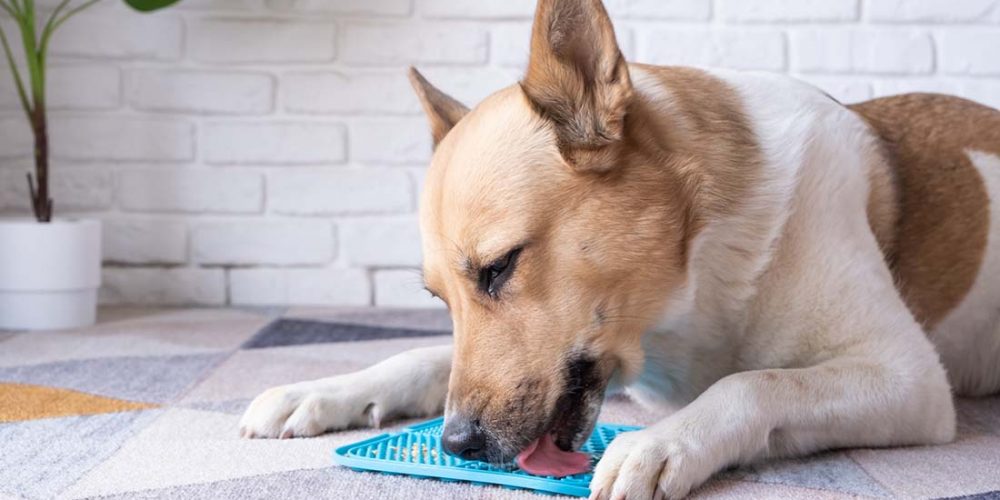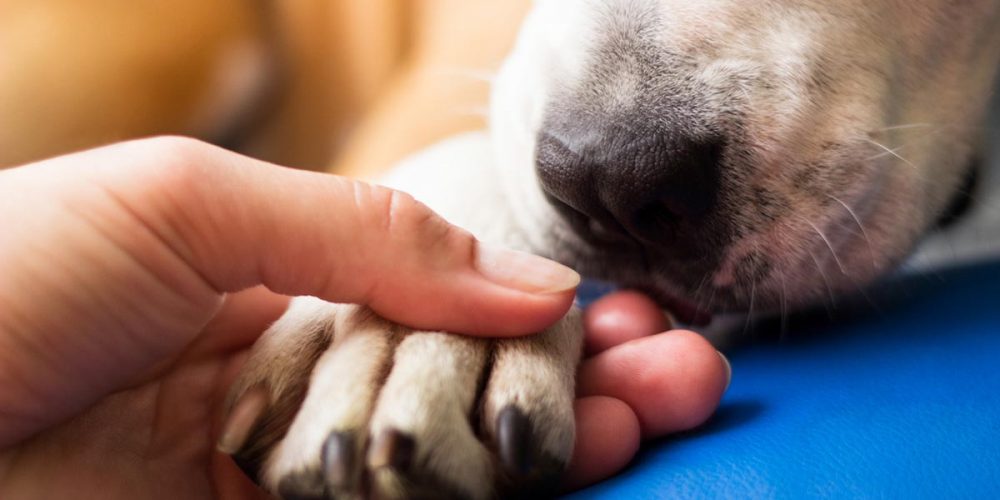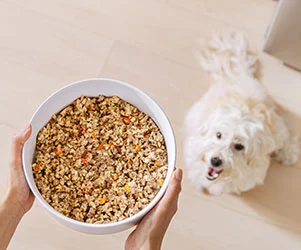If you’ve ever wondered why your dog seems to know exactly when it’s time for breakfast, or how they start wagging their tail right before your morning walk, you’ve witnessed the power of a dog routine. Dogs thrive on predictability. A structured daily routine for a dog provides security, improves behavior, and keeps your pup physically and mentally healthy.
From feeding to exercise, nap times, and even cuddles, maintaining a dog schedule isn’t just for convenience; it’s essential for their well-being. Let’s explore how a regular dog routine can help your dog stay healthier and happier.
Why Does Routine Matter for Every Breed?
Every breed has unique energy levels, instincts, and needs, but one thing remains constant: dogs love routine. Whether you have a lively puppy, a senior doggy, or a calm companion, structure reduces anxiety and builds trust.
Imagine waking up not knowing when you’ll eat, walk, or sleep; that uncertainty would make anyone stressed! For dogs, it’s the same. Consistency tells them what to expect, which lowers stress hormones and encourages calm, stable behavior.
A routine for your dog helps them know when it’s time for their morning walk, when to nap, and when bedtime comes. The rhythm of the day becomes second nature, which means fewer accidents, less chewing out of boredom, and a happier pup overall.
What Do Dogs Do During the Day?

If you’ve ever asked yourself, “What do dogs do during the day?”, the answer largely depends on their routine. In a well-structured daily schedule for dogs, your pup cycles between active times and rest.
During the day, dogs may do the following:
- Nap in their crate or on a cozy bed
- Chew on toys or a Kong
- Walk around and stretch between rest periods
- Watch or listen for familiar sounds (like you when you get home)
- Engage in short bursts of play or exploration
A predictable dog routine care plan helps them stay calm and content while you’re away. Dogs without structure may bark excessively, have accidents, or engage in destructive behavior, such as chewing.
How Many Hours a Day Should You Play with Your Dog?

Playtime is a vital part of all schedules for dogs. Most dogs require at least 30 to 60 minutes of active play daily, although some high-energy breeds, such as Border Collies or Labrador Retrievers, may need more exercise.
For puppies, multiple short play sessions throughout the day are ideal. Games like fetch, tug, or interactive toys help your pup burn energy while strengthening your bond.
If your schedule is busy, consider hiring a dog walker or enrolling your pup in doggy daycare to maintain a consistent daily routine.
How Do You Take Care of a Dog Daily?
Daily dog routine care includes much more than just feeding and walks. A complete daily routine for a dog should cover physical, mental, and emotional needs:
- Morning walk: Helps them go potty, get exercise, and start the day fresh.
- Breakfast: Choose fresh, balanced meals like JustFoodForDogs’s nutrient-rich recipes tailored to your pup’s breed and age.
- Play and training: Mental stimulation keeps doggy minds sharp.
- Nap time: Rest allows recovery and balance.
- Midday walk: A dog walker can handle this when you’re away.
- Dinner and bedtime: Maintain consistent feeding times and sleep routines.
With a secure crate, your dog has a safe place to rest after play. Consistency with meals, walks, and rest makes for a happy, well-adjusted pup.
What Do Dogs Do All Day Alone If They Don’t Have a Good Routine?
When left alone, dogs with a set dog schedule tend to stay calmer. They might nap, play with toys, or watch the world from a window. Crate-trained dogs feel secure resting in their crate, especially if they’ve had their morning walk and breakfast first.
Without structure, boredom can lead to chewing, barking, or anxiety. That’s why scheduling potty breaks, exercise, and enrichment is so important, even when you’re at work.
Hiring a trusted dog walker helps maintain this rhythm, allowing your dog to go potty and enjoy a long walk mid-afternoon.
How Long Should I Wait to Take My Dog Out to Poop After Eating?
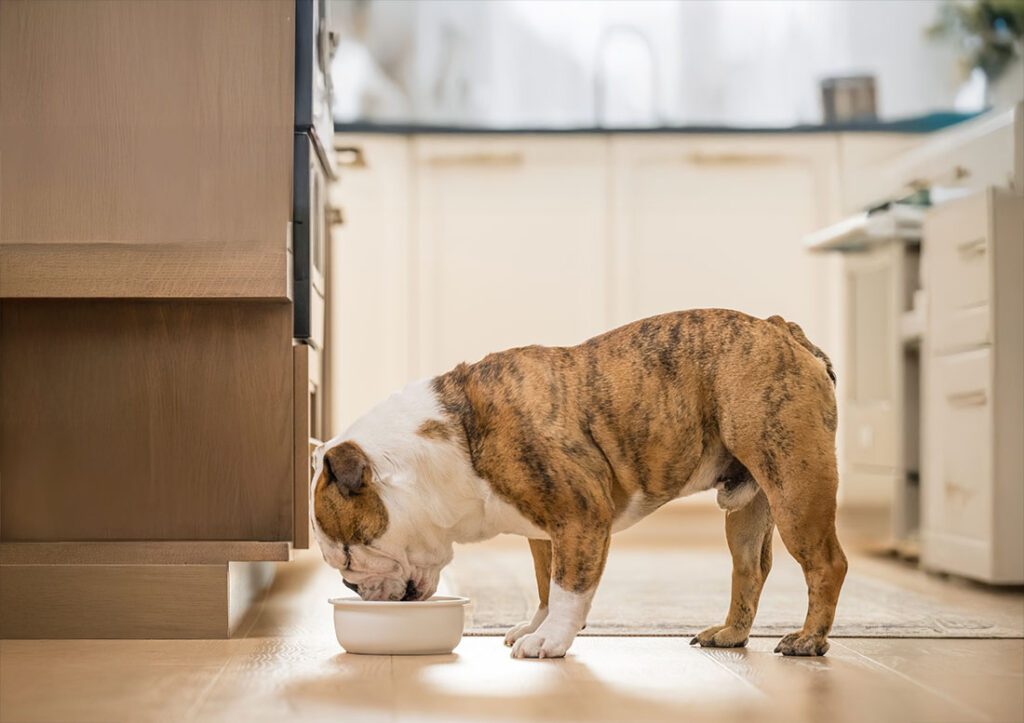
Most dogs need to go potty around 30 minutes after eating, though this can vary by breed, age, and diet. For puppies, you may need to take them out within 10 to 15 minutes after breakfast or dinner.
A consistent dog walk schedule helps regulate digestion and prevents accidents. If you’re feeding fresh meals, you’ll notice how easily your dog maintains a regular bathroom rhythm thanks to fresh, whole ingredients that are gentle on their stomach.
What Time of Day Are Dogs Most Active?
Most dogs are naturally more active in the morning and evening. That’s why a morning walk and another walk before bedtime work so well in a dog routine.
After their morning walk, many pups enjoy breakfast, playtime, and a nap. By midday, they’re often ready for another stretch or quick potty break, then another burst of energy when you come home.
Matching your dog’s natural rhythm with your schedule helps them sleep better at night and stay more relaxed during the day.
What Do Dogs Think About All Day?
While we can’t know exactly, experts believe dogs think about their favorite people, toys, and routines. Familiar sounds, like the leash jingling or you saying “walk”, trigger excitement because they associate these moments with joy.
Dogs often replay comforting parts of their daily routine in their minds, like that morning walk through the neighborhood or the cozy nap afterward. The consistency of your dog’s routine gives them mental peace and a sense of control.
What Do Dogs Do in Their Free Time?
When they’re not playing or exploring, most dogs enjoy resting, licking their paws, or chewing on toys. Some pups watch the world go by, while others cuddle up in their crate or bed.
Free time is important; it gives dogs a chance to decompress. Just like humans, dogs need downtime between exercise sessions and social activities.
Make sure they have access to enrichment toys, a comfy crate, and maybe a favorite treat to enjoy quietly.
How Often Should I Take My Dog Out to Pee?
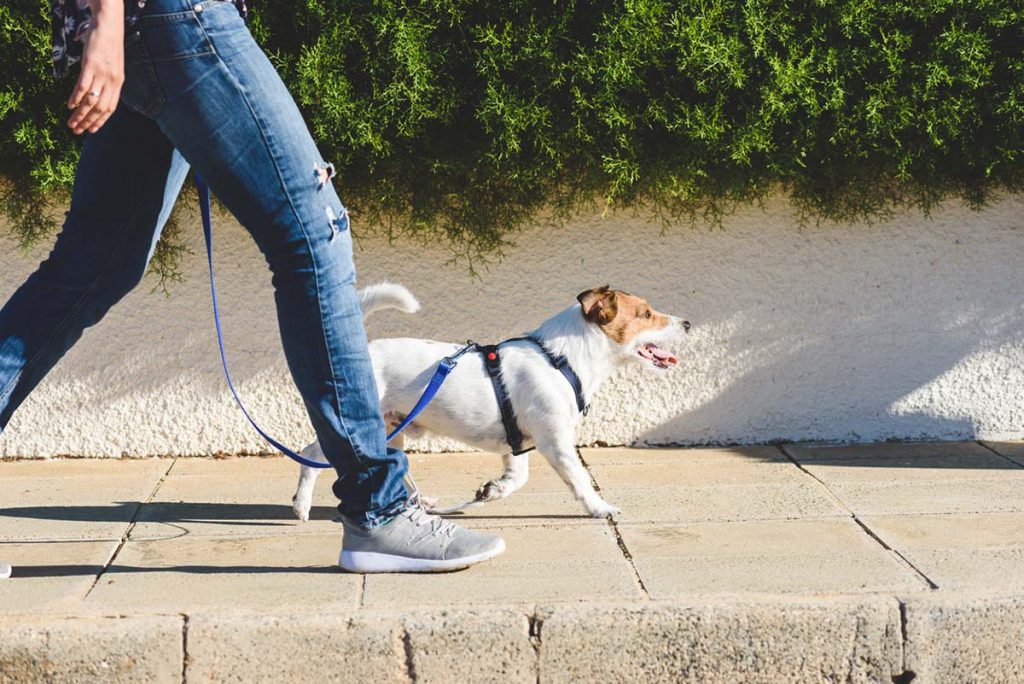
The frequency depends on age and breed, but generally:
Puppies: Every 2–3 hours
Adult dogs: Every 4–6 hours
Senior dogs: Every 3–4 hours
Keeping a consistent dog routine schedule helps prevent accidents and discomfort. Regular potty breaks, especially after breakfast, play, and naps, keep your dog healthy.
A dog daily schedule chart can help you track your dog’s pee times, walks, and naps, making it easier to see patterns and adjust their routine if needed.
Creating a Daily Dog Routine That Works for You
Every household runs differently, so your dog’s schedule should fit your lifestyle. If you’re a working owner, plan for help from a dog walker or a friend who can stop by midday.
Here are some tips to build your best dog schedule:
Start the day right: Begin with a consistent wake time and morning walk.
Feed consistently: Serve breakfast and dinner at the same time each day.
Keep potty times predictable: Take your pup out after meals and naps.
Use a reliable crate: Impact’s crates make safe, comfortable resting zones for when you’re out.
Include enrichment: Rotate toys, offer puzzle feeders, and make playtime part of your daily routine.
Plan bedtime: A quiet wind-down with cuddles helps your dog settle into sleep peacefully.
When your dog knows what’s coming next, they relax. That consistency spills over into better training, fewer accidents, and a deeper bond between dog and owner.
The Role of Food and Rest in a Balanced Dog Routine
A good dog schedule balances energy and rest. Exercise, play, and mental stimulation should always be followed by a nap or downtime.
Food also plays a huge role. JustFoodForDogs provides fresh, human-grade meals made specifically for your dog’s breed, age, and health goals. The result? Better digestion, steady energy levels, and a healthier pup.
Pair that with Impact’s dependable crates, which offer a safe space for your dog to unwind between activities. Together, they create the foundation for a stable, nurturing dog routine care plan.
Sample Dog Schedule for Working Owners
If you’re gone most of the day, here’s an ideal dog schedule that works for busy dog owners:
| Time | Activity |
| 6:30 AM | Wake, morning walk, go potty |
| 7:00 AM | Breakfast |
| 8:00 AM | Nap in crate while owner leaves |
| 12:00 PM | Dog walker visit for potty and play |
| 1:00 PM | Lunch or snack (if puppy) |
| 2:00 PM | Quiet time and nap |
| 5:30 PM | Owner gets home, long walk or dog park |
| 7:00 PM | Dinner and chew toys |
| 9:00 PM | Cuddles, relaxation, and a short walk |
| 10:00 PM | Final potty and bedtime |
Keeping to this plan creates an easy, balanced daily dog routine.
Why Routine Makes for a Happier Dog
When you stick to a dog routine schedule, you give your pup the gift of security. They know when to eat, walk, nap, and play, which makes them calmer and more confident.
Dogs are creatures of habit. And when that habit includes wholesome meals from JustFoodForDogs, cozy rest inside an Impact crate, and predictable daily routines, you’ll see the difference in their tail wags, energy levels, and overall joy.
A little consistency goes a long way in a dog’s world. With structure, love, and care, you’re not just maintaining a schedule; you’re building the foundation for a lifetime of trust and happiness.
Sources
Oba, Patrícia M, Pamela L Utterback, Carl M Parsons, and Kelly S Swanson. 2019. “True Nutrient and Amino Acid Digestibility of Dog Foods Made with Human-Grade Ingredients Using the Precision-Fed Cecectomized Rooster Assay1.” Translational Animal Science 4 (1): 442–51. https://doi.org/10.1093/tas/txz175.
“Gregory Berns on What Your Dog Is Thinking | Emory University | Atlanta GA.” 2025. Emory.edu. 2025. https://magazine.emory.edu/issues/2014/winter/of-note/what-your-dog-is-thinking/index.html.
Zanghi, Brian M., Wendell Kerr, Christina de Rivera, Joseph A. Araujo, and Norton W. Milgram. 2012. “Effect of Age and Feeding Schedule on Diurnal Rest/Activity Rhythms in Dogs.” Journal of Veterinary Behavior 7 (6): 339–47. https://doi.org/10.1016/j.jveb.2012.01.004.
Do, Sungho, Thunyaporn Phungviwatnikul, Maria R C de Godoy, and Kelly S Swanson. 2021. “Nutrient Digestibility and Fecal Characteristics, Microbiota, and Metabolites in Dogs Fed Human-Grade Foods.” Journal of Animal Science 99 (2). https://doi.org/10.1093/jas/skab028.
Bleuer-Elsner, Stephane, and Sylvia Masson. 2024. “The Cage as an Educational and Therapeutic Tool for Dogs: Results of a Dog’s Owners Questionnaire Survey.” Applied Animal Behaviour Science 279 (September): 106386–86. https://doi.org/10.1016/j.applanim.2024.106386.
This content is for informational use only and does not replace professional nutrition and/or medical advice, diagnosis, or treatment. It is not a substitute for and should not be relied upon for specific nutrition and/or medical recommendations. Please talk with your veterinarian about any questions or concerns.


